Home>Dining>Tableware>How To Identify Vintage Salt And Pepper Shakers
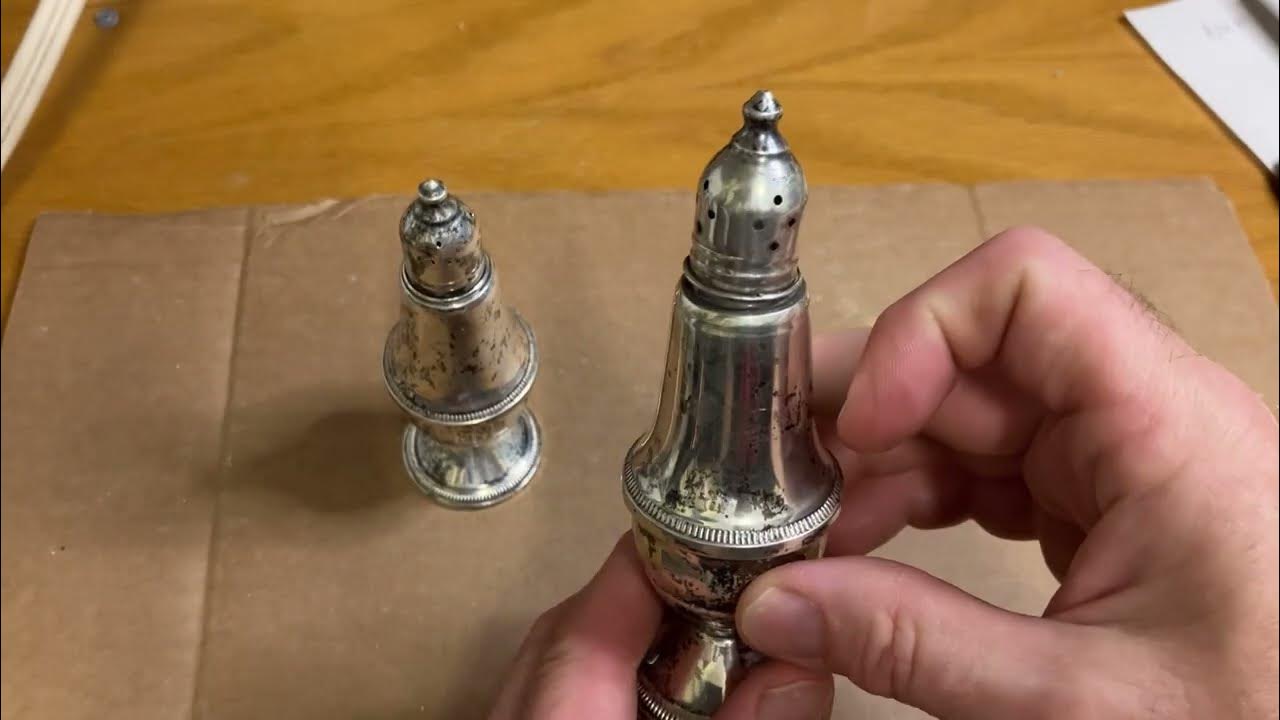

Tableware
How To Identify Vintage Salt And Pepper Shakers
Modified: January 2, 2024
Learn how to identify vintage salt and pepper shakers, a must-have in any tableware collection, with our useful guide.
(Many of the links in this article redirect to a specific reviewed product. Your purchase of these products through affiliate links helps to generate commission for Storables.com, at no extra cost. Learn more)
Introduction
Welcome to the fascinating world of vintage salt and pepper shakers! These small but essential tableware items have a rich history and can add charm and nostalgia to any home. Whether you are a collector, a lover of antiques, or simply curious about the stories behind these kitchen staples, this guide will help you identify vintage salt and pepper shakers with ease.
Before we dive into the details, it’s important to understand the key differences between vintage and modern salt and pepper shakers. Vintage shakers typically refer to those produced between the late 1800s and the mid-20th century, whereas modern shakers are more recent reproductions or contemporary designs.
When it comes to identifying vintage salt and pepper shakers, several factors come into play. These include the materials used, the design and shape of the shakers, any markings or stamps present, labels or stickers affixed to them, and the manufacturer or brand. By examining these aspects, you can gain valuable insights into the age, rarity, and value of your shakers.
Let’s delve into each of these factors in more detail to help you become a seasoned connoisseur of vintage salt and pepper shakers.
Key Takeaways:
- Distinguishing vintage from modern salt and pepper shakers involves examining materials, design, and craftsmanship. Understanding these differences is crucial for collectors and enthusiasts seeking authentic and valuable pieces.
- Researching manufacturers, evaluating rarity, and understanding market trends are essential for determining the age and value of vintage salt and pepper shakers. This knowledge empowers collectors to make informed decisions and appreciate the historical significance of their collections.
Differentiating Vintage from Modern Salt and Pepper Shakers
When starting your journey in identifying vintage salt and pepper shakers, it is essential to distinguish them from their modern counterparts. Here are a few key points to consider:
- Materials: Vintage shakers were typically made from materials such as glass, ceramic, porcelain, or even sterling silver. Modern shakers, on the other hand, often use plastic or lower-quality materials.
- Design and Shape: Vintage shakers often featured intricate designs and unique shapes. Look for details like hand-painted patterns, embossed or relief designs, and unusual forms. Modern shakers, while they may mimic vintage styles, often have simpler, more streamlined designs.
- Size and Weight: Vintage shakers tend to have a substantial weight and a more substantial size compared to modern versions. This is because older shakers were made with thicker glass or heavier materials.
- Craftsmanship: Vintage shakers were often crafted with great attention to detail and quality. Look for signs of fine craftsmanship, including smooth edges, even paintwork, and precise fitting of the shaker tops.
By understanding these differences, you can begin to distinguish between vintage and modern salt and pepper shakers. It’s important to note that while vintage shakers can be highly collectible and hold historical value, modern shakers can also be appealing for their contemporary designs and affordability.
Next, let’s move on to evaluating the materials used in vintage salt and pepper shakers to help further identify their age and authenticity.
Evaluating the Materials
One of the first steps in identifying vintage salt and pepper shakers is to evaluate the materials used in their construction. The type of material can provide valuable clues about the age and authenticity of the shakers. Here are some common materials used in vintage salt and pepper shakers:
- Glass: Glass was a prevalent material for salt and pepper shakers in the early to mid-20th century. Look for shakers made of thick, heavy glass with a smooth surface. Some vintage glass shakers may also have decorative patterns or embossed designs.
- Ceramic or Porcelain: Ceramic and porcelain shakers were also popular choices. Check for fine details, smooth finishes, and vibrant colors. Vintage ceramic or porcelain shakers may feature hand-painted designs or transfer prints.
- Silver: Sterling silver salt and pepper shakers were luxury items produced during the Victorian and Art Deco eras. Look for hallmarks or stamps indicating the silver content, such as “925” for sterling silver. These shakers often have intricate designs and may be accompanied by a matching tray.
- Plastic: While plastic is more commonly associated with modern shakers, some vintage shakers from the mid-20th century may also be made of Bakelite or Catalin. These early plastic materials were popular for their durability and unique colors.
- Other Materials: Vintage shakers can also be made from materials such as wood, metal, or even stone. Look for signs of age, wear, or unique characteristics that indicate authenticity.
When evaluating the materials, consider the overall condition of the shakers. Vintage shakers may show signs of wear, such as minor chips, cracks, or fading of colors, which can add to their charm and authenticity. However, keep in mind that significant damage or repairs could affect their value.
Now that we have examined the materials used in vintage salt and pepper shakers, let’s move on to the next step of identifying these treasures – examining their design and shape.
Examining the Design and Shape
The design and shape of vintage salt and pepper shakers can provide valuable insights into their age and style. By paying attention to these details, you can further narrow down the timeline of when the shakers were produced. Here are some key points to consider when examining the design and shape of salt and pepper shakers:
- Patterns and Decorations: Vintage shakers often feature intricate patterns and decorations. Look for hand-painted designs, embossed or etched motifs, or even raised textures. These details were commonly found on ceramic, porcelain, or glass shakers.
- Figural Designs: Many vintage salt and pepper shakers are shaped like figurines, animals, fruits, or vegetables. These whimsical designs were popular during the mid-20th century. Look for unique and detailed representations that showcase the creativity of the era.
- Size and Proportions: Vintage shakers can vary in size, but they often have a larger, more substantial presence compared to modern counterparts. Pay attention to the proportions and overall balance. Some vintage shakers may have a bulbous bottom with a narrower neck, while others have a more streamlined shape.
- Unique Features: Vintage shakers may have special features that make them stand out. This could include a built-in strainer or grinder mechanism, a hinged lid, or a unique dispenser mechanism. These features not only add functionality but also contribute to the overall charm and collectibility of the shakers.
When examining the design and shape, it’s essential to consider the overall aesthetics and stylistic influences of the time period. Vintage salt and pepper shakers often reflect the design trends and artistic movements of their era, whether it be Art Deco, Mid-century Modern, or Retro styles.
By carefully examining the design and shape of the shakers, you can gain a deeper appreciation for their historical and artistic value. Now, let’s dive into the next step of identifying vintage salt and pepper shakers – looking for markings or stamps that can provide valuable clues.
Identifying Markings or Stamps
Markings or stamps on vintage salt and pepper shakers can offer important clues about their origin, manufacturer, and age. These markings can vary depending on the material and the time period they were produced. Here are a few types of markings or stamps commonly found on vintage shakers:
- Backstamps: Ceramic or porcelain shakers often have backstamps, which are markings or symbols on the bottom of the shaker. These backstamps can include the manufacturer’s name, logo, or a combination of letters, numbers, or symbols. Look for well-known pottery makers such as Wedgwood, Royal Doulton, or McCoy, among others.
- Hallmarks: Sterling silver shakers usually bear hallmarks, which indicate the silver content and provide information about the silversmith or manufacturer. These hallmarks can be found on the bottom or sides of the shakers and consist of symbols, letters, or numbers. Researching these hallmarks can help determine the origin and age of the shakers.
- Embedded Logos: Some vintage shakers may have embedded or molded logos or symbols directly on the body of the shaker. These logos can represent the manufacturer, brand, or designer. Look for clear, well-defined logos that can be traced back to specific companies or artisans.
- Etched or Engraved Markings: Glass or metal shakers may have etched or engraved markings, such as initials, names, or production numbers. These markings can indicate the manufacturer or a specific line or series of shakers. Look for precise, well-executed engravings that are still legible.
When identifying markings or stamps, it’s essential to research and consult reference materials, online databases, or collector’s guides specific to vintage salt and pepper shakers. These resources can provide valuable information about different markings associated with particular manufacturers or time periods.
While markings or stamps can provide valuable clues, it’s important to note that not all vintage shakers have visible markings. Some older shakers, especially those produced before the mid-19th century, may not have any identifiable markings due to the limitations of production techniques during that time.
Now that we’ve explored markings and stamps, let’s move on to another aspect of identifying vintage salt and pepper shakers – analyzing the labels or stickers that may be present.
Look for identifying marks such as maker’s stamps or logos on the bottom of the shakers. Research the design and style to determine the era they are from.
Analyzing the Labels or Stickers
Labels or stickers can provide valuable information about vintage salt and pepper shakers, including the manufacturer, brand, or any special features. While not all shakers will have labels or stickers present, when analyzing them, here’s what to look for:
- Manufacturer or Brand Names: Labels or stickers may include the name of the manufacturer or brand. This can provide important information about the origins of the shakers. Look for well-known names in the industry, such as Pyrex, Corningware, or Anchor Hocking for glass shakers, or Morton Salt or McCormick for novelty shaped shakers.
- Product Line or Model Names: Some shakers may have labels indicating a specific product line or model name. This can help further narrow down the time period or the series of shakers that they belong to.
- Product Description or Instructions: Labels or stickers may include a brief description of the shaker’s purpose or usage instructions. This can provide insights into any unique or innovative features of the shakers.
- Promotional or Advertising Labels: In some cases, vintage shakers may have promotional or advertising labels that were used for marketing purposes. These labels may feature specific logos, slogans, or images related to a particular campaign or promotion.
When analyzing labels or stickers, it’s important to consider their condition. Is the label intact or partially missing? Is the printing clear and legible? Labels that are in good condition and well-preserved can add value to the shakers. However, it’s worth noting that labels can also be reproduced or replaced, so additional research and verification may be necessary to ascertain their authenticity.
If the labels or stickers are missing but you suspect that the shakers may have had them originally, you can look for any signs of adhesive residue or faded imprints on the surface. These remnants can provide hints about the presence of labels in the past.
Now that we have explored labels and stickers, let’s move on to the next step in identifying vintage salt and pepper shakers – researching the manufacturer or brand.
Researching the Manufacturer or Brand
Researching the manufacturer or brand behind your vintage salt and pepper shakers can provide valuable insights into their history, craftsmanship, and value. By delving into their background, you can uncover interesting details and authenticate your collection. Here are some steps to help you in your research:
- Online Resources: Start your research by conducting online searches using the manufacturer’s name or brand. Look for official websites, forums, or collector communities dedicated to vintage shakers. These platforms often have valuable information, including catalogs, historical records, or even interviews with experts.
- Antique Reference Books: Consult antique reference books or price guides that focus on salt and pepper shakers. These books can provide detailed information about manufacturers, their production periods, popular designs, and even market values. Look for well-known publications or guides written by authoritative experts in the field.
- Collector Communities or Clubs: Join online collector communities or clubs that specialize in vintage salt and pepper shakers. These communities are a goldmine of knowledge, and fellow enthusiasts can share valuable insights, resources, and personal experiences. Engaging with experienced collectors can help you deepen your understanding of specific manufacturers or brands.
- Antique Shops and Shows: Visit local antique shops or attend antique shows where you might find knowledgeable sellers or collectors who can provide information about the manufacturer or brand. They may offer firsthand expertise, historical documentation, or even additional resources to expand your research.
When researching the manufacturer or brand, pay attention to details such as their years of operation, notable designers or artisans associated with them, and any significant milestones or changes in their production styles. This information can help you accurately date and authenticate your vintage shakers.
Remember, thorough research is key to understanding the historical context and market value of your salt and pepper shakers. It’s an opportunity to deepen your appreciation for the craftsmanship and legacy of these tableware items.
Now that we have explored researching the manufacturer or brand, let’s move on to determining the age and rarity of vintage salt and pepper shakers.
Determining the Age and Rarity
Determining the age and rarity of vintage salt and pepper shakers is an important aspect of their identification and valuation. It allows you to understand their historical significance and potential worth. Here are some factors to consider when determining the age and rarity of your shakers:
- Production Period: Researching the manufacturer or brand can help you determine the production period of your shakers. Look for information on when the company was in operation or when specific designs were introduced. This can help you narrow down the timeline and approximate the age of your shakers.
- Production Techniques: Understanding the production techniques used during a certain time period can provide clues about the age of the shakers. For example, hand-painted designs or hand-blown glass indicate an earlier production era, while more precise and uniform patterns suggest a later period.
- Rarity and Collectibility: Consider the rarity of the shakers based on their design, materials, or the presence of unique features. Limited edition or discontinued designs are often more valuable and considered rare. Additionally, shakers produced by renowned manufacturers or those associated with famous designers may also be highly sought after by collectors.
- Market Research: Look into the market demand and prices of similar vintage salt and pepper shakers. Examine auction records, online marketplaces, or consult with experts to get an idea of how rare or desirable your shakers are in the current market. This can help you determine their relative scarcity and value.
- Condition: The condition of your shakers can also impact their rarity. Pristine, well-preserved shakers will generally be considered rarer and more valuable than those with significant wear, damage, or missing parts.
Keep in mind that determining the age and rarity of your shakers is a combination of research, observation, and knowledge of the market. It requires a keen eye for detail and an understanding of the historical context and trends in salt and pepper shaker collecting.
Now that we have explored how to determine the age and rarity of vintage salt and pepper shakers, let’s move on to the final section – understanding the pricing and value of these collectible items.
Pricing and Value of Vintage Salt and Pepper Shakers
Understanding the pricing and value of vintage salt and pepper shakers is crucial, whether you are looking to add to your collection, sell your shakers, or simply assess their worth. Several factors contribute to the pricing and value of these collectible items:
- Rarity: Rare or hard-to-find vintage shakers are generally more valuable. Factors such as limited production numbers, unique designs, or discontinued lines can increase their desirability among collectors and, consequently, their price.
- Condition: Shakers in excellent condition, with minimal wear, no damage, and intact labels or stickers, tend to command higher prices. Collectors prefer items that are as close to their original state as possible.
- Materials and Craftsmanship: Shakers made from high-quality materials, such as sterling silver or hand-blown glass, and exhibiting fine craftsmanship, often have higher value than those made from plastic or mass-produced materials.
- Historical Significance: Shakers associated with significant events, well-known manufacturers, or famous designers can have increased value due to their historical and cultural importance. The story behind the shakers or their connection to a particular time period can elevate their worth.
- Demand and Market Trends: The demand for specific styles, designs, or eras can fluctuate over time. Stay informed about current market trends, what collectors are seeking, and recent auction prices to understand how these factors influence the value of vintage salt and pepper shakers.
To get an accurate sense of pricing and value, consider consulting price guides, attending specialty auctions, or seeking the expertise of antique dealers or collectors. Keep in mind that the condition, rarity, and desirability of your specific shakers will ultimately determine their individual worth.
It’s important to note that the value of vintage salt and pepper shakers can vary widely. Some may be valued at a few dollars, while rare or highly sought-after pieces can fetch hundreds or even thousands of dollars. Ultimately, the market and the collector’s appreciation for the shakers determine their final selling price.
Now that we have explored pricing and value, let’s conclude our guide on identifying vintage salt and pepper shakers.
Read more: How To Make Salt And Pepper Shakers
Conclusion
Congratulations! You have now embarked on a journey to become a seasoned connoisseur in identifying vintage salt and pepper shakers. By understanding the key factors in distinguishing vintage from modern shakers, evaluating the materials, examining the design and shape, identifying markings or stamps, analyzing labels or stickers, researching the manufacturer or brand, determining the age and rarity, and understanding the pricing and value, you have equipped yourself with the knowledge to navigate the world of these delightful tableware collectibles.
Remember, identifying vintage salt and pepper shakers requires a blend of research, observation, and a passion for these timeless treasures. Be sure to consult reputable resources, engage with collector communities, and seek expert guidance to further enhance your knowledge and expertise.
As you continue your exploration, keep in mind that the joy of collecting vintage salt and pepper shakers extends beyond their monetary value. Each set tells a story, representing a bygone era, and bringing charm and nostalgia to any table. Whether you’re a collector, an enthusiast, or simply appreciate the beauty of these miniature works of art, may your journey uncover hidden gems and inspire you to seek out new additions to your collection.
Embrace the beauty and uniqueness of each vintage salt and pepper shaker, and let them add a touch of nostalgia and character to your home. Happy collecting!
Frequently Asked Questions about How To Identify Vintage Salt And Pepper Shakers
Was this page helpful?
At Storables.com, we guarantee accurate and reliable information. Our content, validated by Expert Board Contributors, is crafted following stringent Editorial Policies. We're committed to providing you with well-researched, expert-backed insights for all your informational needs.
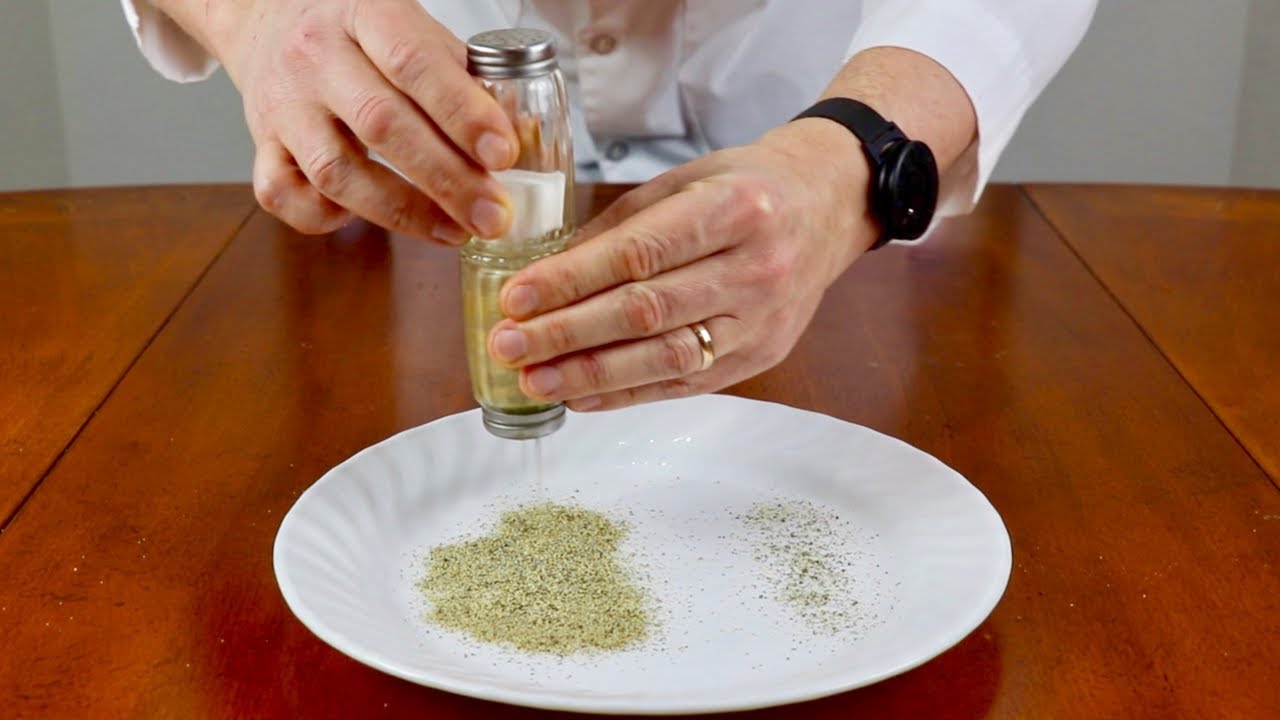
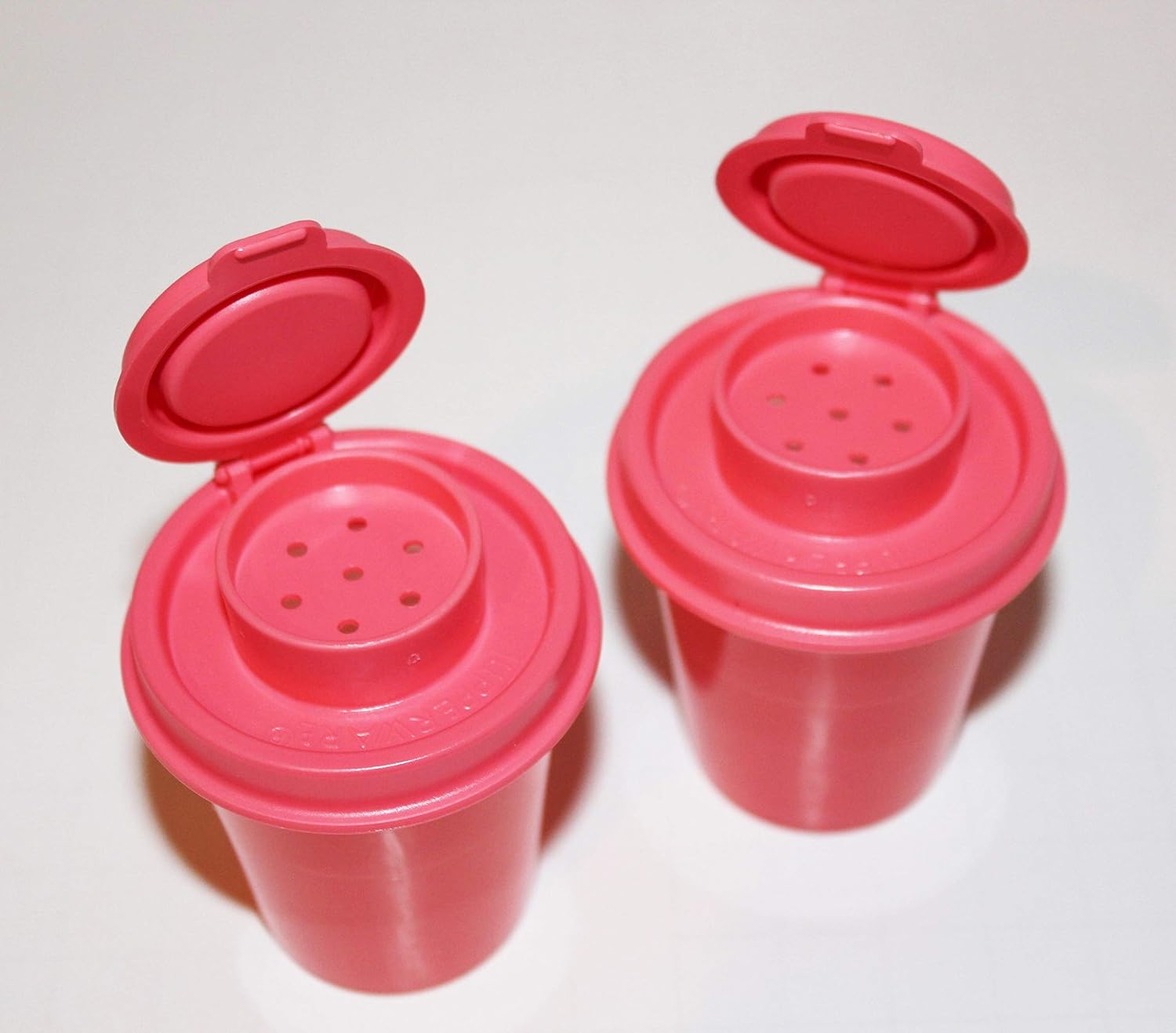

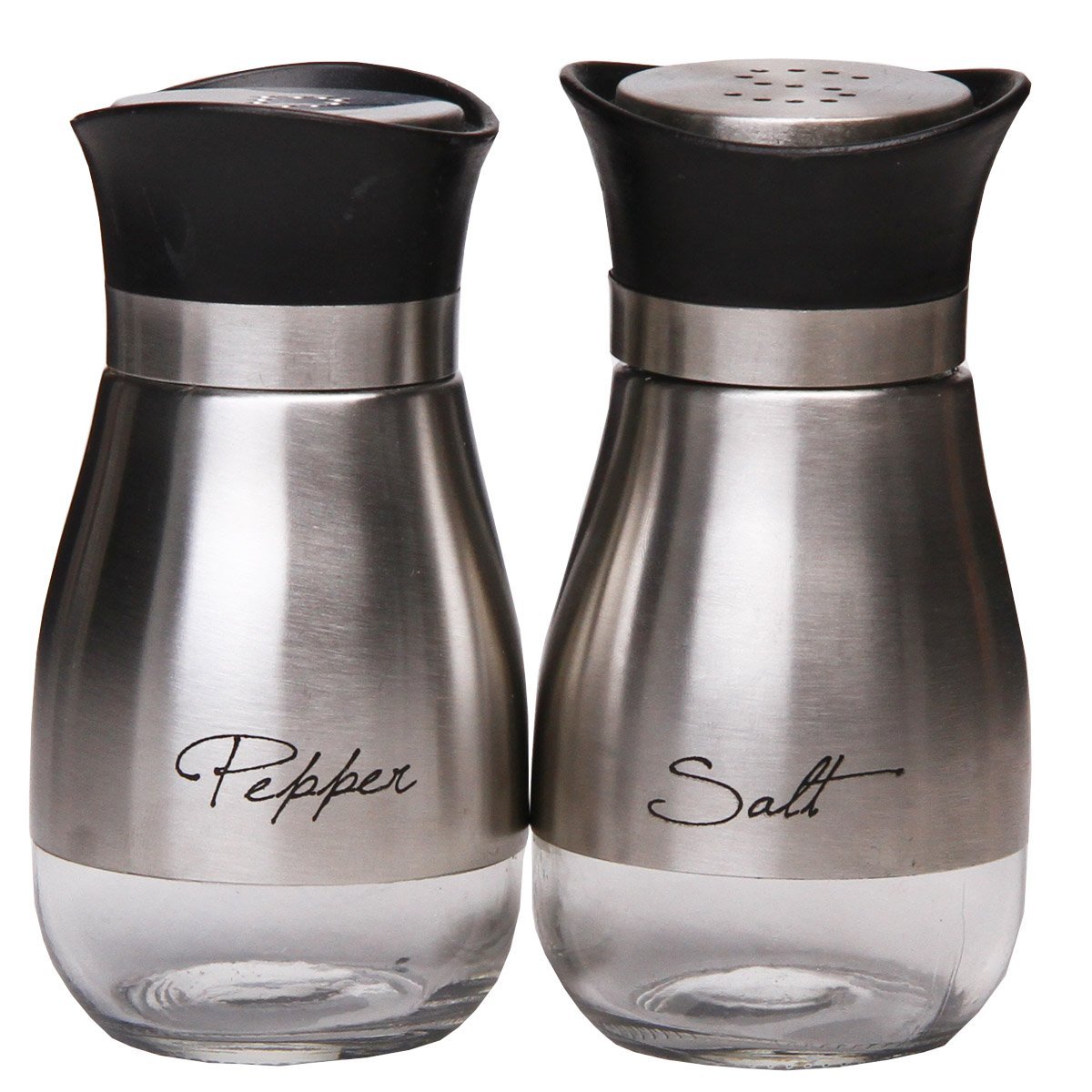
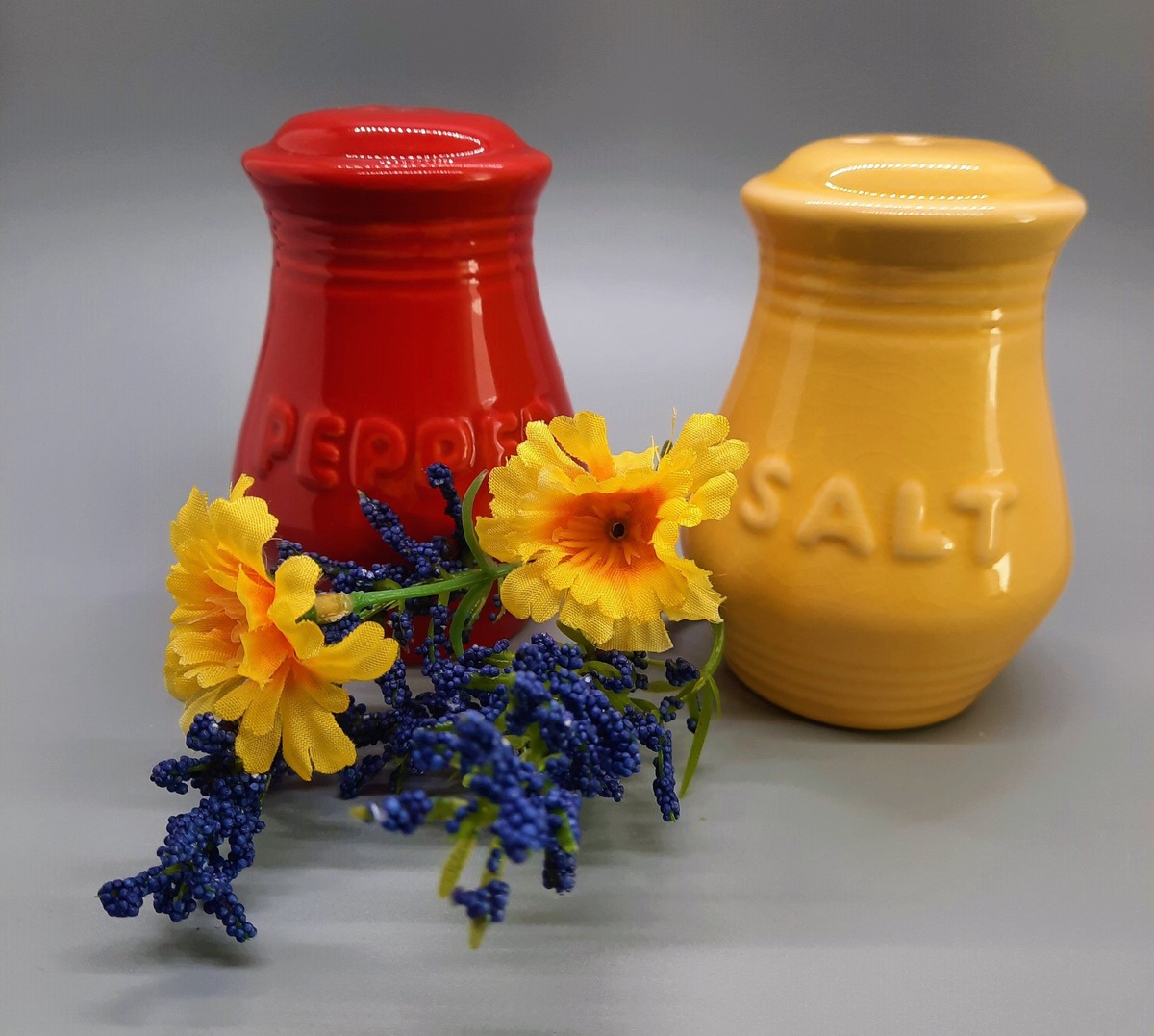
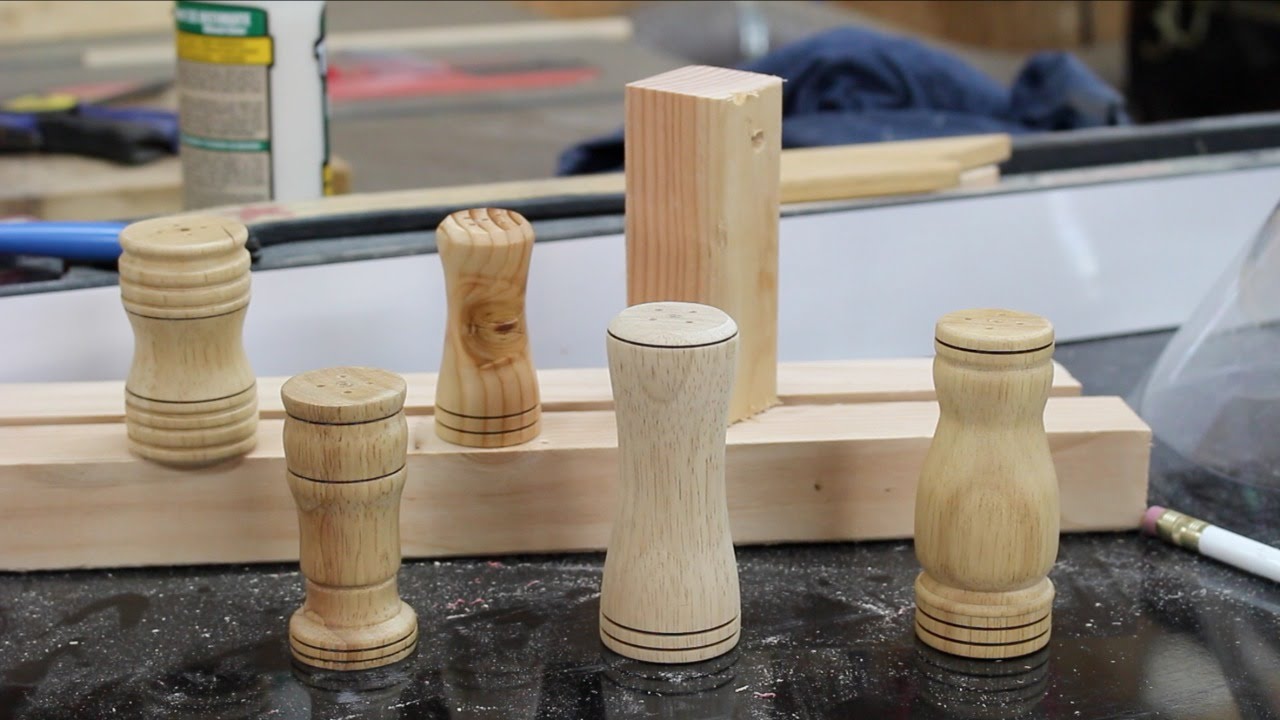
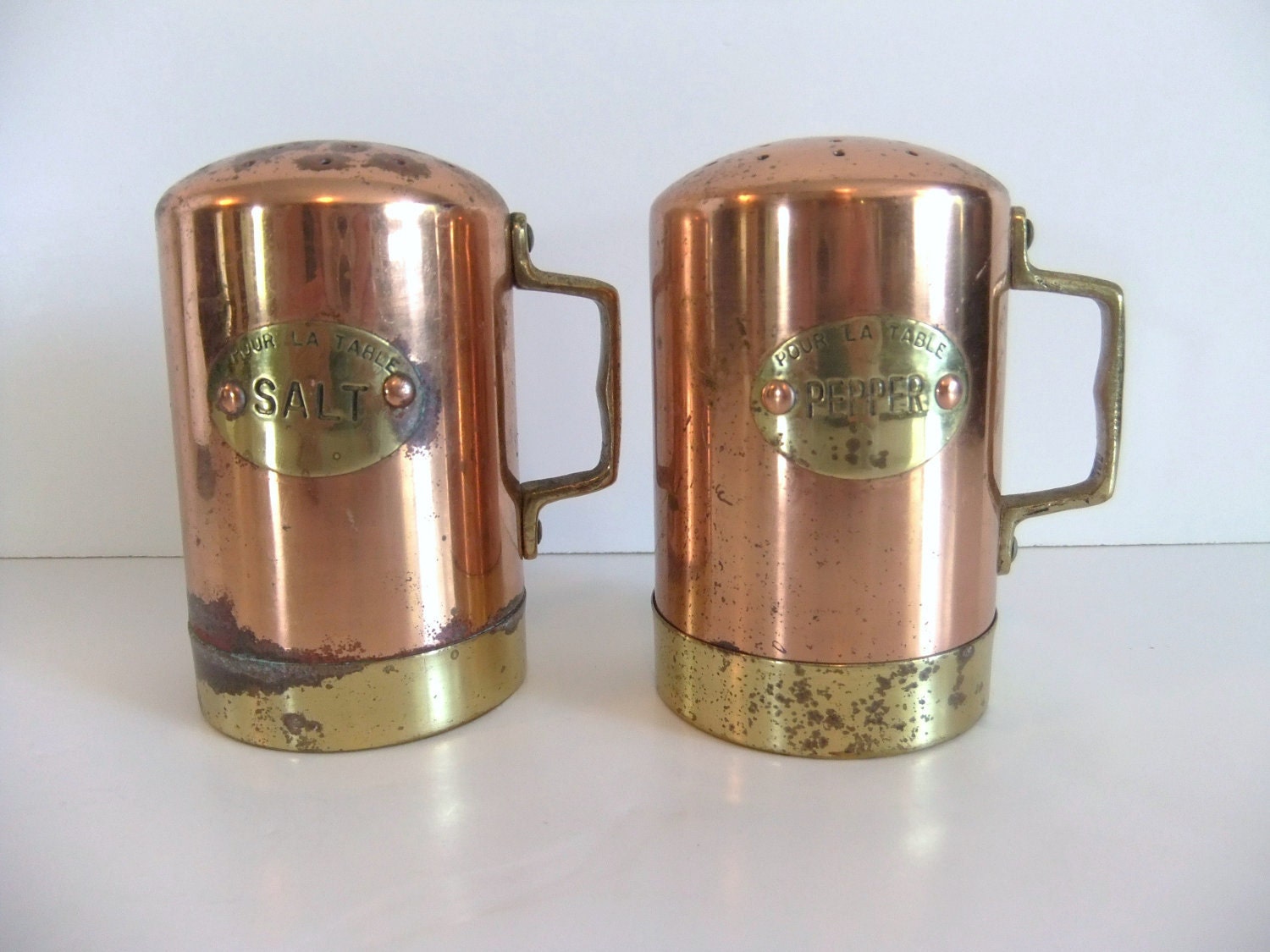
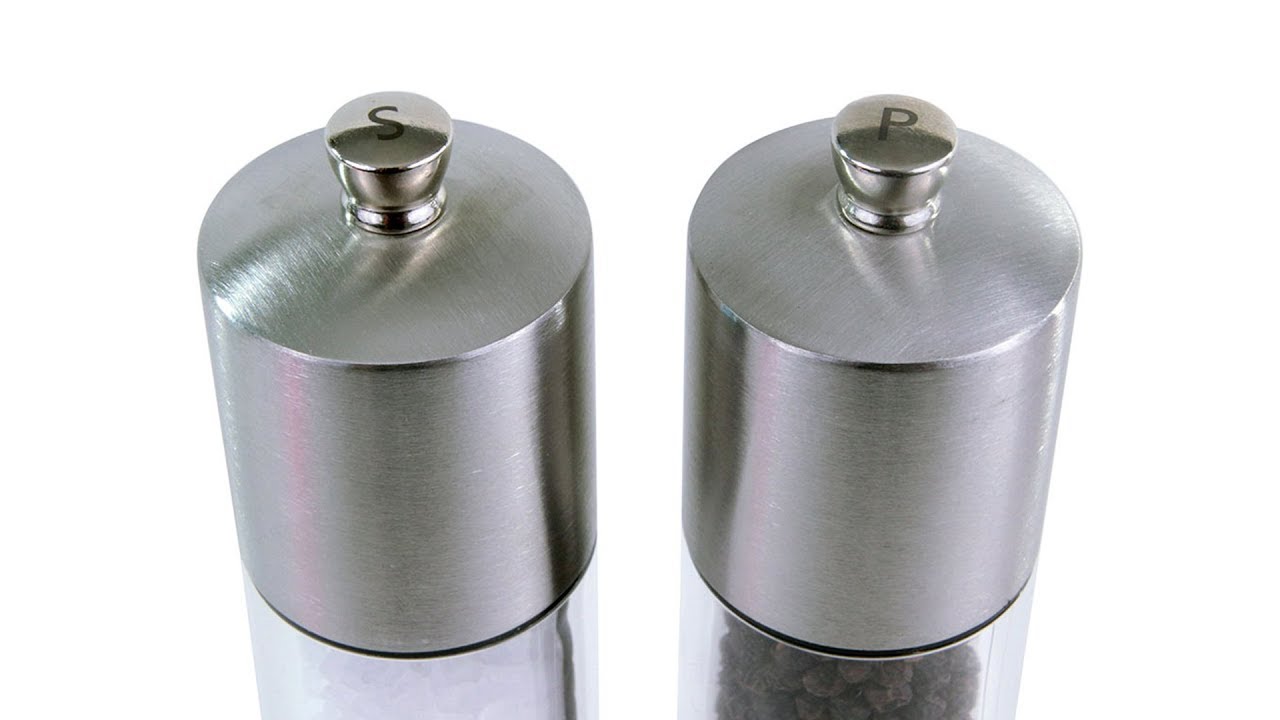
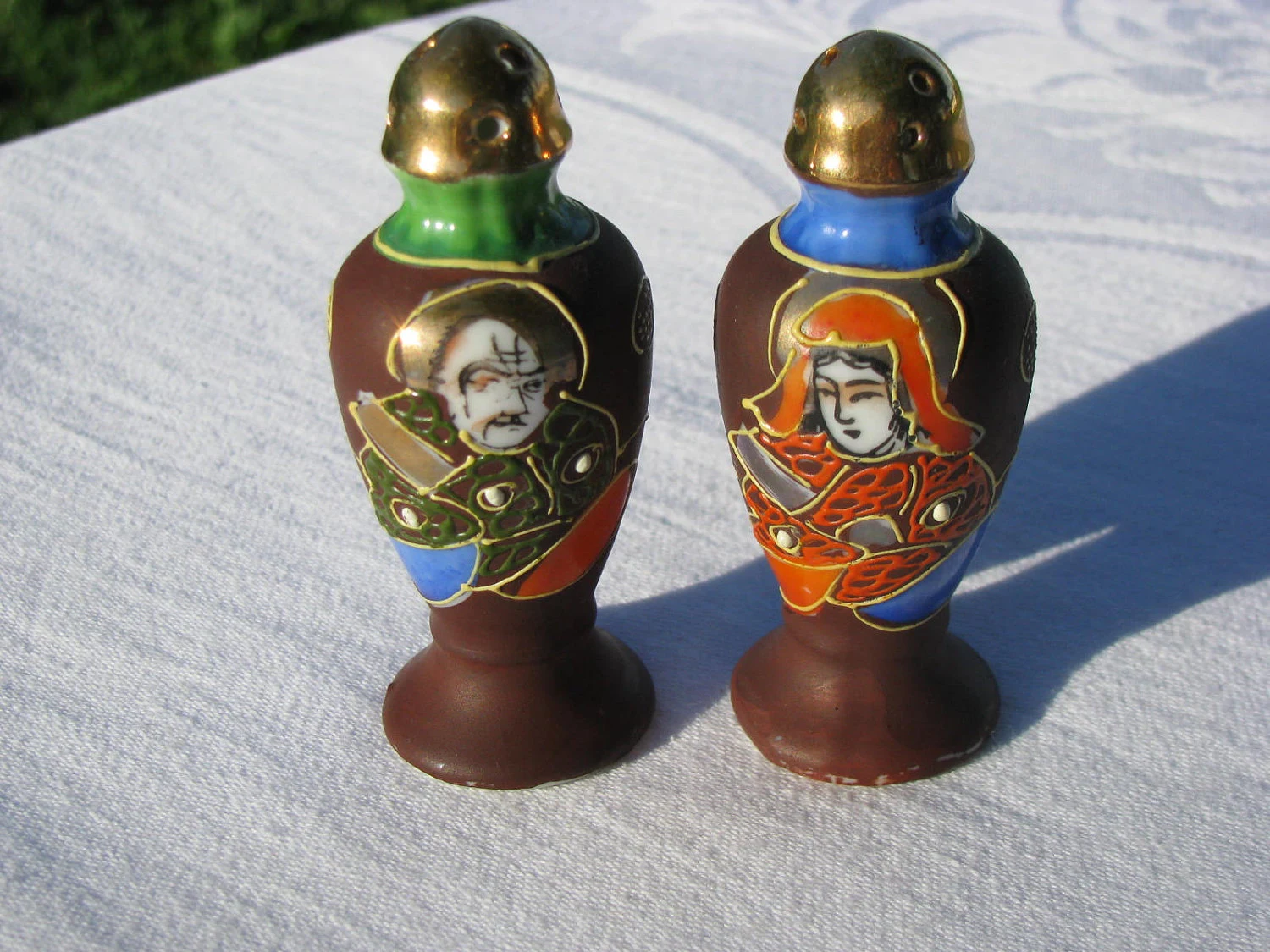
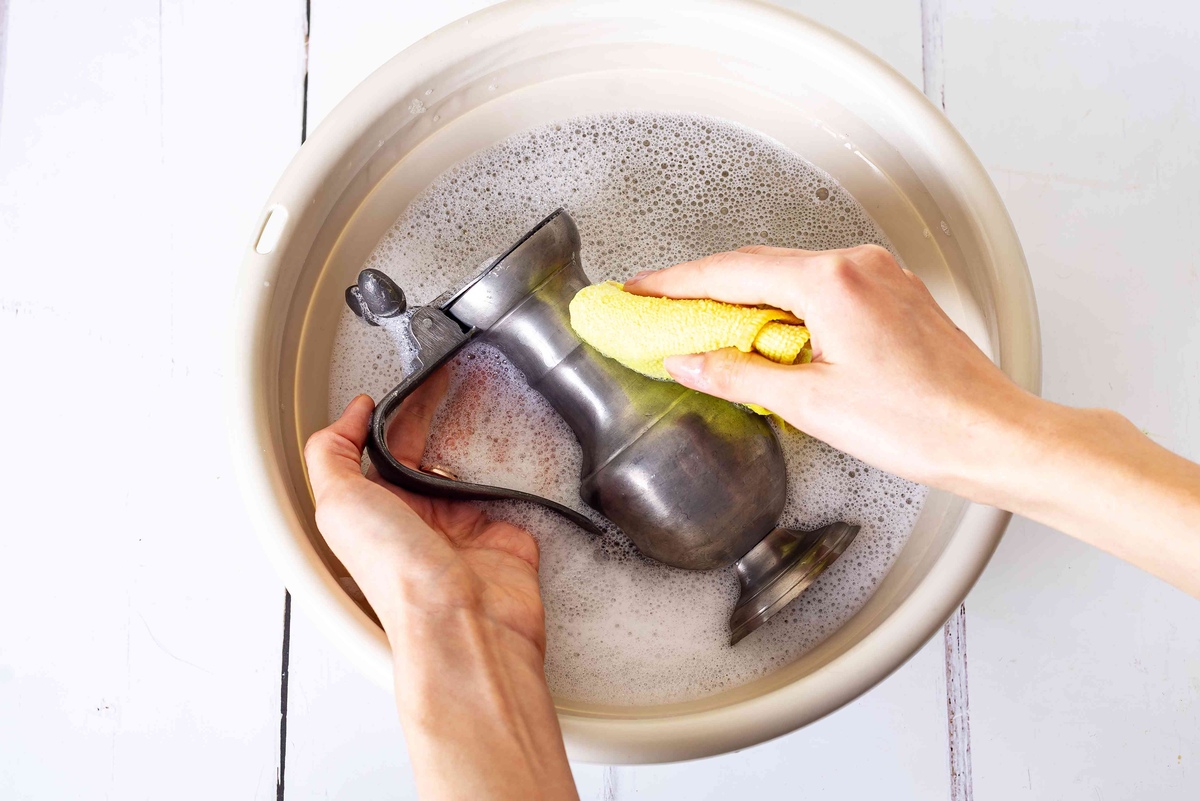
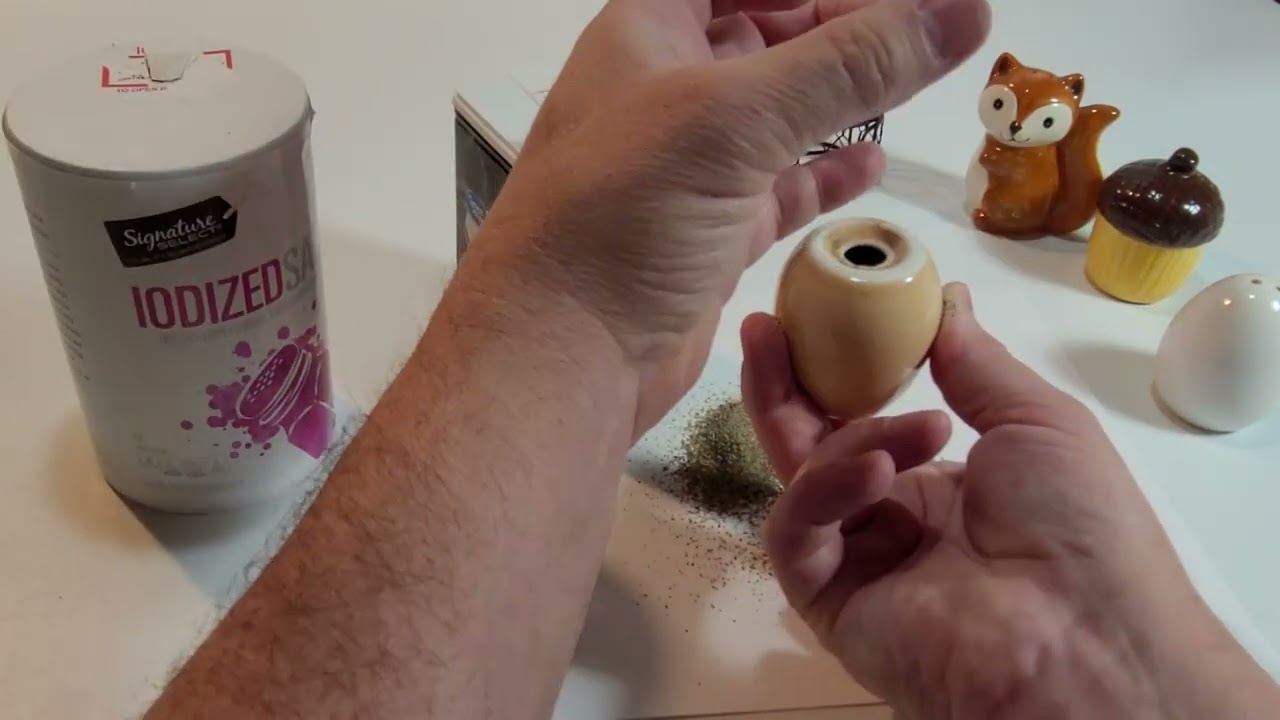
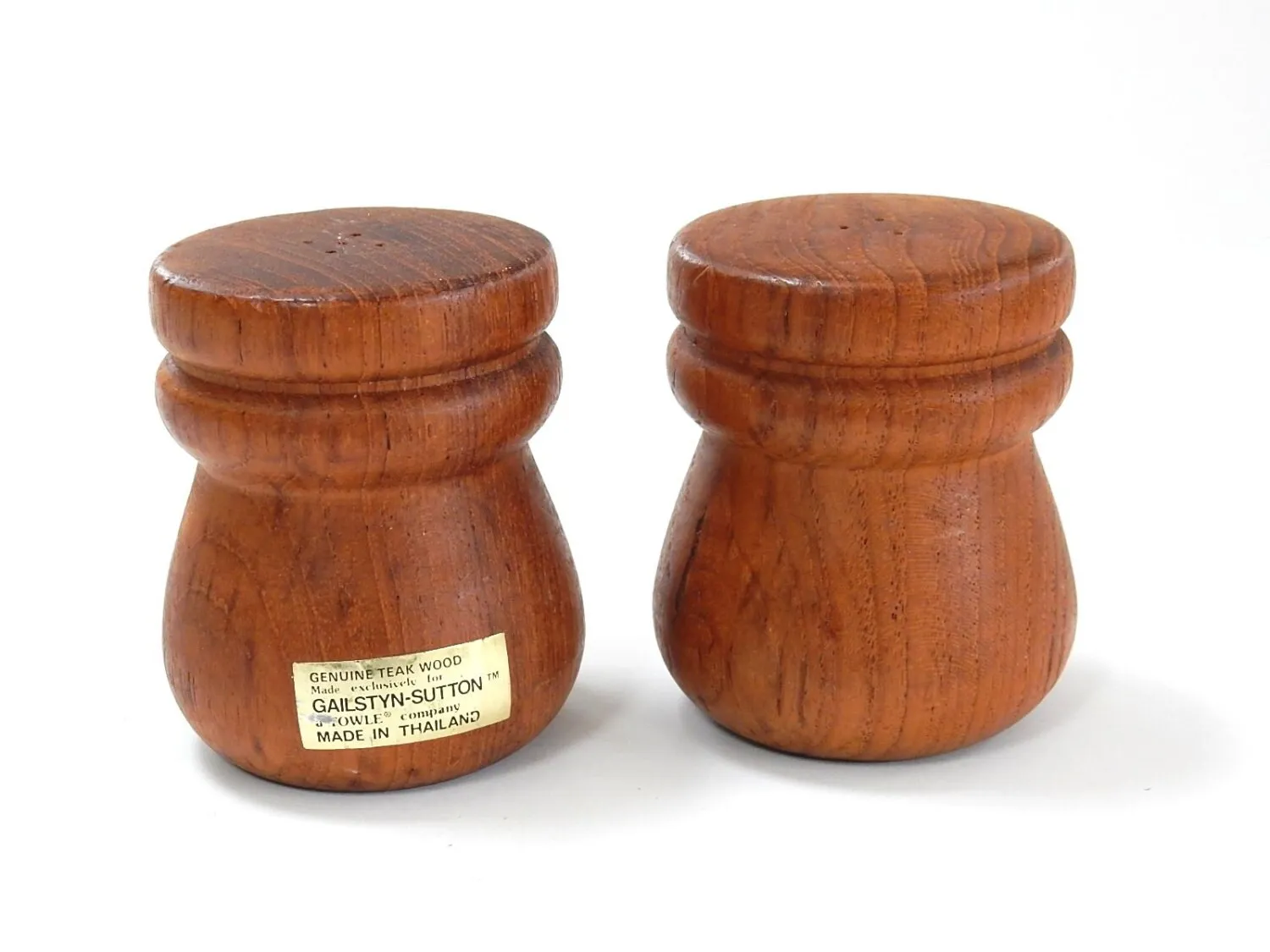
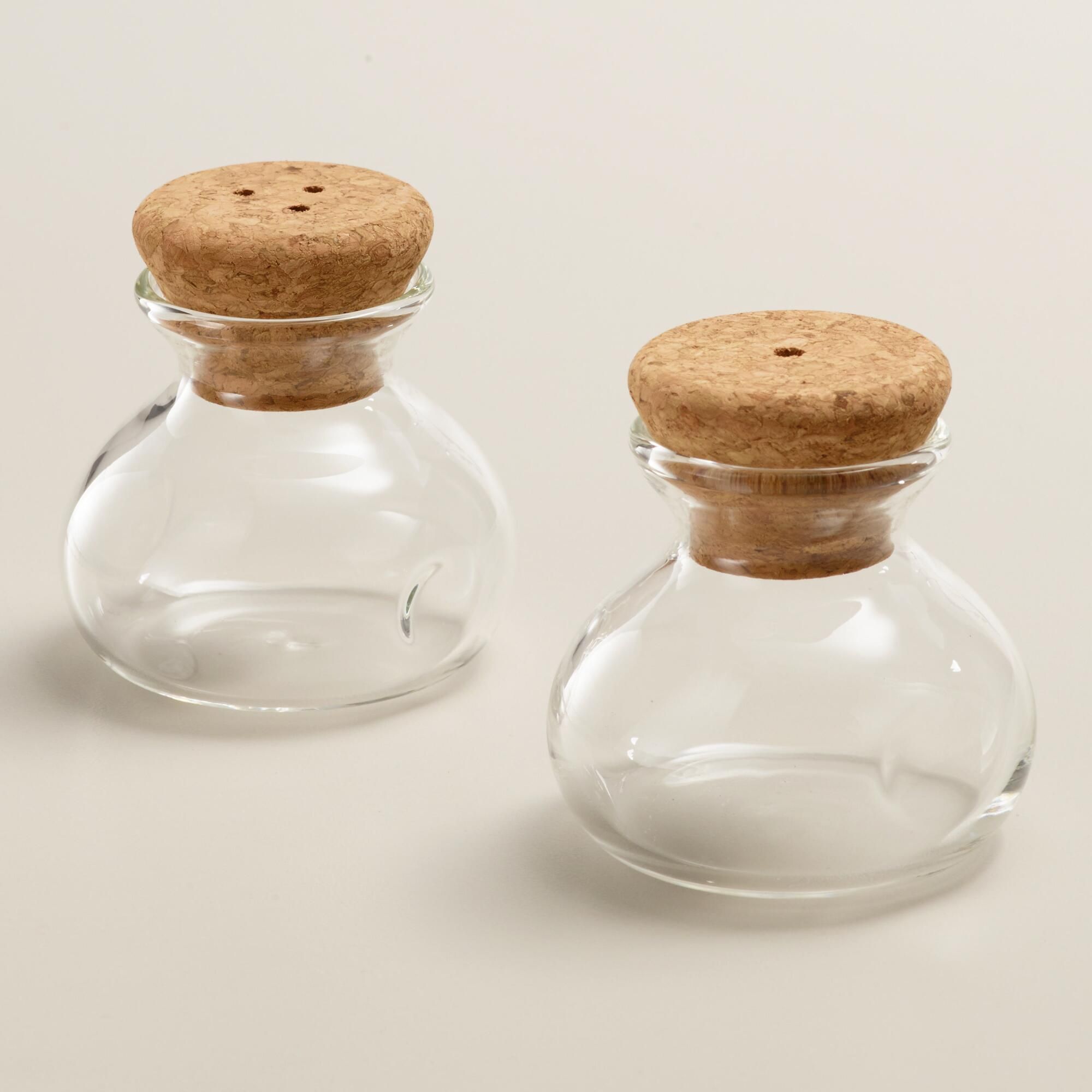

0 thoughts on “How To Identify Vintage Salt And Pepper Shakers”